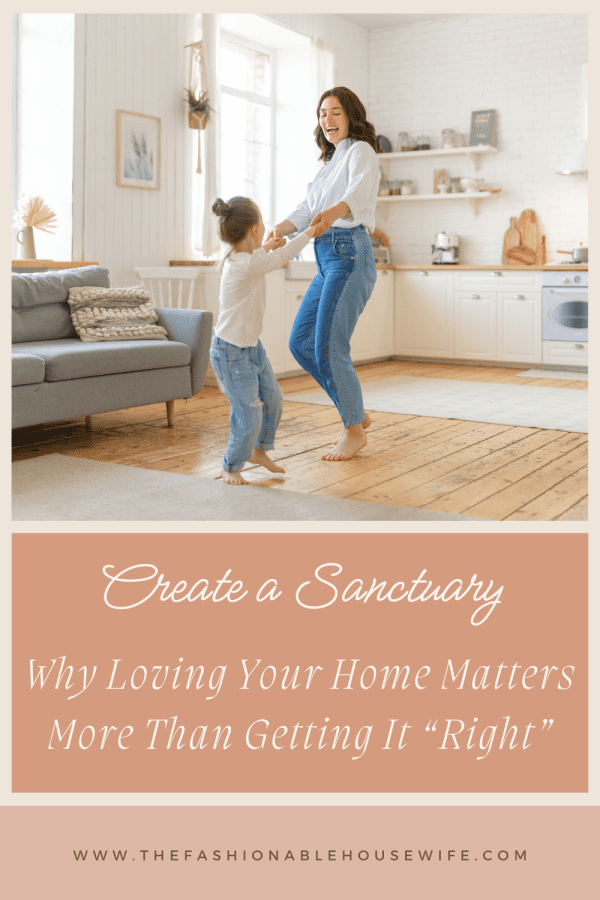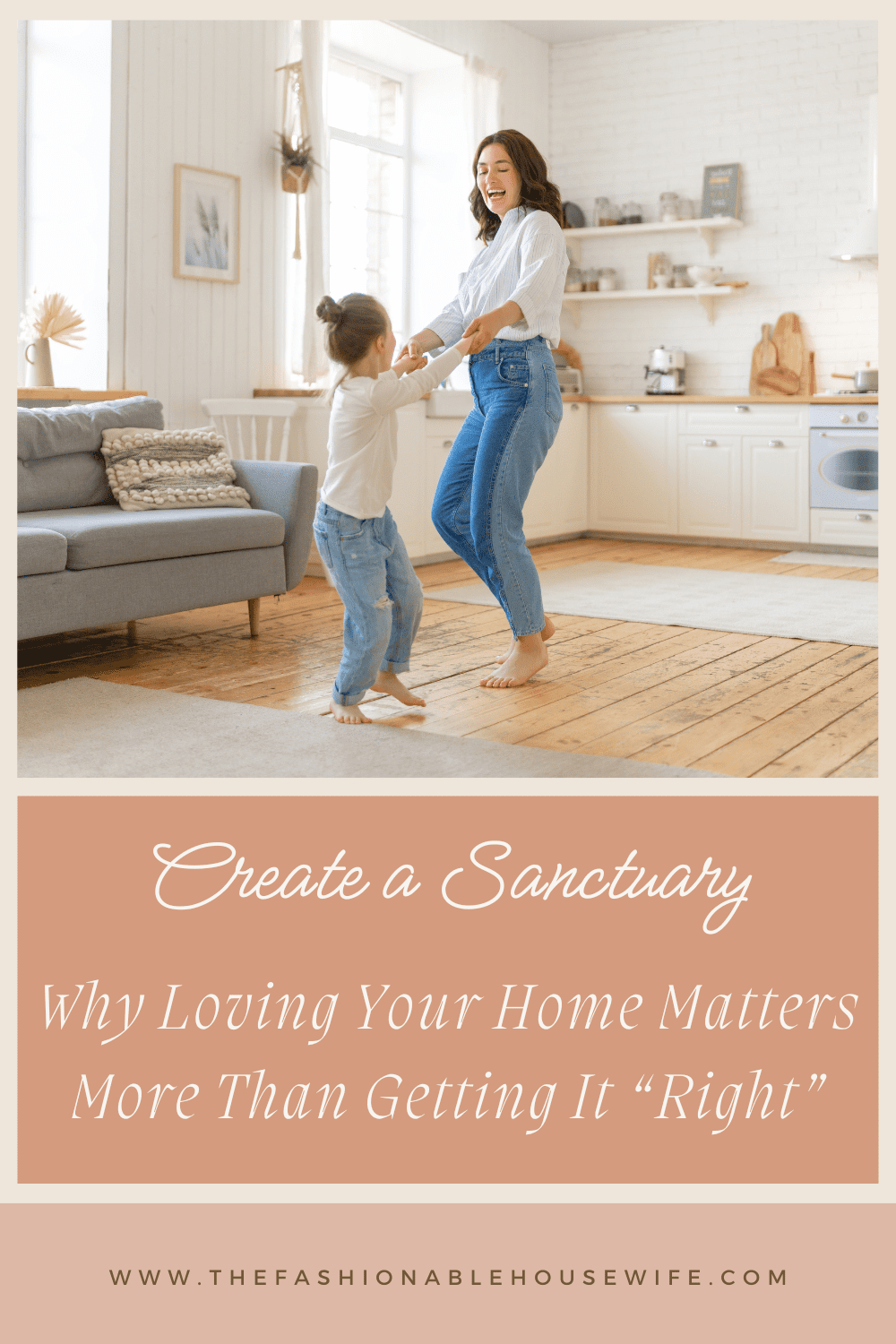Why Loving Your Home Matters More Than Getting It “Right”

There’s a quiet rebellion happening in the world of interior design. It’s not loud or flashy, and it doesn’t involve knocking down walls or sticking to a single color palette. This shift is rooted in something far more personal: the idea that homes aren’t meant to follow rules, they’re meant to reflect lives and create a sanctuary. Lived-in, layered, a little contradictory at times… and utterly true to the people who inhabit them.
This mindset flips the traditional ‘do-this-not-that’ decorating advice on its head. Gone are the rigid guidelines about matching furniture sets, sticking to a single theme, or ensuring everything is perfectly symmetrical. Instead, the focus turns inward. It’s about how a space feels, not just how it looks. It’s about embracing little conflicts between old and new, bold and neutral, refined and raw, to create a sanctuary and a richer, more authentic home.
Conflict Doesn’t Mean Chaos
When people hear “conflict” in design, they might picture clashing colors or a room that feels disjointed. But that’s not the kind of conflict that brings depth. In the right hands, contrast becomes a tool, not a problem.
Think of a rustic wooden dining table surrounded by sleek modern chairs. Or a moody gallery wall in an otherwise bright and breezy room. Even flooring can add to this narrative. Picture the grounded warmth of dark herringbone flooring paired with playful velvet sofas. These juxtapositions can breathe life into a space, offering interest and personality without overwhelming it.
It’s less about shock value and more about storytelling. A home that blends different styles, eras, and textures often reflects a life full of varied experiences. Travel mementoes, vintage heirlooms, handmade ceramics, and contemporary art can all live happily side-by-side, not because they match, but because they matter.
Forget the Rules
Design rules can be helpful, especially when figuring out scale, balance, or how to hang a picture frame without it looking wonky. But the danger comes when those rules become gospel. That’s when homes start to lose their soul.
A serene, meaningful home isn’t one that ticks every box on a design checklist. It’s one that makes people feel at ease the second they walk in. Maybe that sense of ease comes from warm lighting and worn-in textures. Maybe it’s a favorite chair in the sunniest corner. Or maybe it’s a bold, unapologetic splash of color that reminds someone of their childhood home. Whatever it is, it should come from the heart, not a how-to guide.
So instead of asking, “Does this follow the rules?” a better question might be, “Do I love this?” If the answer is yes, that’s reason enough.
Peace Doesn’t Mean Perfection
There’s a quiet kind of magic in homes that feel peaceful. Not pristine or polished, just peaceful. That peace doesn’t come from having the trendiest tile or the most Instagram-worthy shelf styling. It comes from feeling connected to the objects around you, from being surrounded by pieces that tell your story.
Sometimes, that peace lives in the small moments: a stack of favorite books by the bed, a mismatched mug that’s just the right size for a morning brew, a quilt that’s been passed down for generations. These elements don’t need to be flawless to be meaningful; just like a time-worn wood floor that tells a story through every scratch and dent that eventually get sanded and refinished to create space for more memories.
None of these scream “designer home,” but together, they create a sanctuary. And in a fast-paced, demanding world, a sanctuary is the greatest luxury of all.
Create a Sanctuary
One of the biggest design myths is that once a space is “done,” it stays that way. But homes aren’t static. People change. Families grow. Tastes shift. You need to create a sanctuary that is a peaceful, personal home that will evolve alongside the people in it.
That might mean rearranging the living room on a whim, repainting a wall just because it no longer sparks joy, or bringing in new textures to reflect the changing seasons. Design becomes less about finishing and more about continuing; a process of gentle, ongoing transformation.
The Only Real Rule? Love Where You Live
At the end of the day, design is deeply personal. What feels peaceful to one person might feel empty to another. What feels vibrant to one might seem chaotic to someone else. And that’s the point. There’s no universal formula for the “right” home, only the right home for you.
So embrace the conflict. Pair antique with modern, soft with sharp, and minimal with maximal. Let colors clash a little. Let the space surprise you. When guided by a genuine love for the pieces that fill it, the result is never disjointed, it’s deeply human.
Because the most beautiful homes aren’t perfect. They’re personal. They’re heartfelt. And most importantly, they’re loved. Create a sanctuary that you love!

